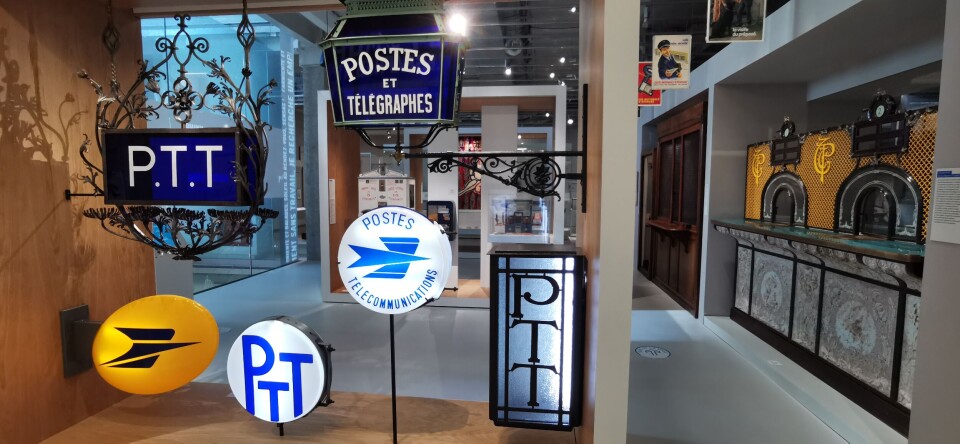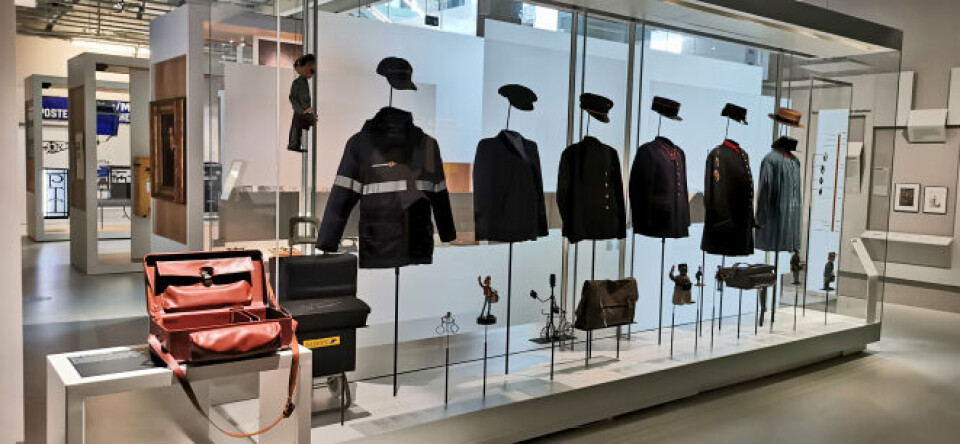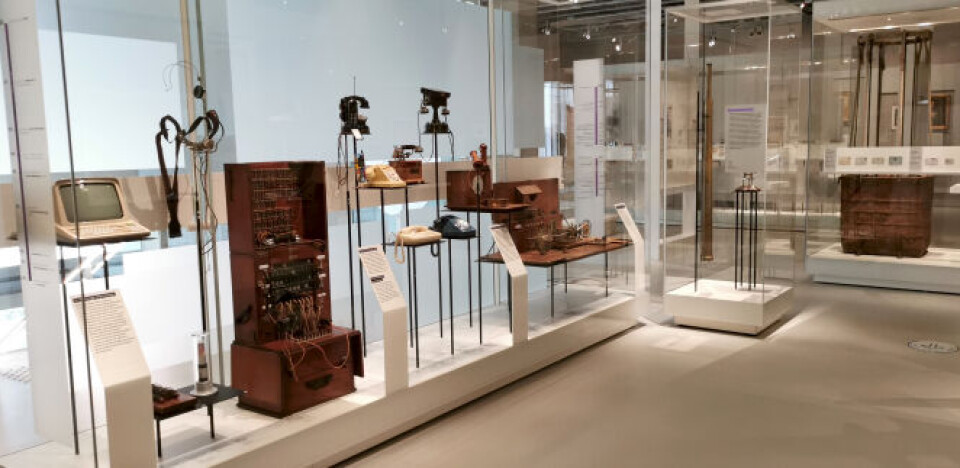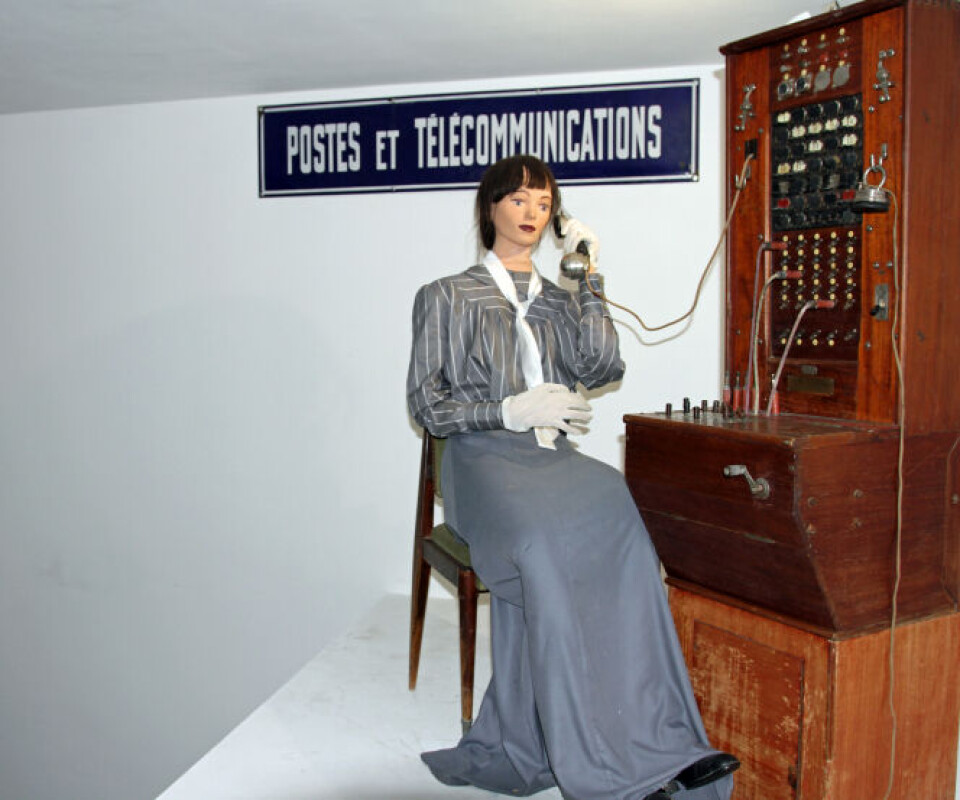-
New cyberattack hits La Poste parcel and banking service
Many services were unavailable for much of New Year’s Day. Personal data is reported to be safe
-
Readers report high customs charges on gifts sent to France
The cost of receiving gifts is sometimes higher than their value
-
What to do if Christmas parcels in France arrive late or damaged?
There are various routes to follow dependent upon the issue
Legacy of La Poste: Tracing France’s postal service through the ages
There are several museums dedicated to keeping the history of one of the country’s favourite institutions alive

With the nation’s huge mainland territory and scattered rural population, La Poste is understandably close to French hearts and a source of national pride. Culturally speaking, the daffodil yellow postboxes decorated with their distinctive curly bugles have appeared on a thousand postcards and featured in hundreds of films. Postal workers even have their own heavenly guardian – Saint Gabriel is the patron saint of all messengers, including workers in broadcasting, telecoms, and postal services.
The best place to explore the complete history of the French post office is La Poste’s very own recently refurbished museum in Paris (see museedelaposte.fr) The story starts during the Siege of Paris during the Franco-Prussian war (1870-1871), when carrier pigeons were used to send newspaper articles out of the city. There is also an explanation of the articulated visual semaphore system which used to run the length of France, one every 10kms, to deliver news, and a display about delivering mail by rocket.

The collection includes postboxes, telegraph machines, sorting equipment, uniforms and bicycles, even mail coaches, giving an overview of how communications have changed society over the past century. Phone ahead or consult the website to find out about special activities and temporary displays.
As well as running its large museum in Paris, La Poste used to give financial help to smaller, privately owned post office museums in the provinces, but since they stopped doing so almost all the other post office museums in France have closed. In Oise however, there is still one shining beacon.
“We don’t have the money to create a fully fledged museum,” say Sylvie and Jean-Charles Benhamou, the founders of the Musée de la Boite aux Lettres, “so we are itinerant. We create temporary displays in schools, post offices, and mairies on themes including postboxes, postmen and women, sorting mechanisms, the history of postal transport, and stamps, for example.”

Their collection of postboxes, and their knowledge about them (they are both history teachers) is now so extensive that they are often consulted by film-makers wanting historically accurate sets. “We supply vintage postboxes for film sets, and also give our expertise. Yellow postboxes only began appearing in 1961 for example. Any film set pre-1961 should have blue, green or grey postboxes.”
During the first lockdown, images of the Paris streets which had been dressed to shoot the film Adieu Monsieur Haffmann (released in January) went viral. The postbox on that set was supplied by Sylvie and Jean-Charles Benhamou. “The designer didn’t want
the box to look too new, but went too far with making it dirty, so we helped make it look as it would have done in 1942.” The postbox in question features in the trailer, which is available on YouTube.
In fact, it is still possible to spot old postboxes in some of the more isolated parts of rural France. From 1830 to1899, wooden boxes were painted grey with a white or grey door. Until 1912 they were bronze green. Then, up until 1939, they were sky blue, dark blue or dark green. From 1940 to 1955 they were petrol or dark blue, then navy blue up to 1961. From then until 1985 postboxes were orange yellow, and from 1985 onwards, daffodil yellow. For more information, see museeboiteauxlettres.fr.

With the development of airmail, the Foulon company (who manufactured PTT postboxes from 1929 to1939) made a special series just for airmail; the doors had a wing design on them. To ensure people only posted airmail in these boxes, after 1936, they were all marked ‘poste aérienne exclusivement’.
One can only hope that at some future date this extraordinary collection will finally be housed in a permanent museum. In the meantime, they post details of their temporary exhibitions on their website, which is worth checking next time you are likely to be anywhere near Senlis (Oise).
Well off the beaten track, the mairie at Le Luc (Var) between Marseille and Nice has a fascinating little museum exploring the history of stamps; how they were first made, the engraving equipment used, and the relationship between stamps, art and money. Founded in 2015, the collection also includes post office uniforms. There is also a library containing around 200 books on stamp collecting, which visitors can read in situ. There is a regular programme of temporary exhibitions, so check the website before planning your visit, at mairie-leluc.com/musee-municipal-du-timbre.
Prissac, southwest of Châteauroux in Indre, has not one but three museums all in one building; the Musée Machinisme Agricole (farm machinery), the Espace Gutenberg (history of printing equipment) and the Musée du Facteur Rural. The museums are only open from early June to late September and the dates for 2022 had not been announced at the time of going to press, but details will be posted on troismuseesprissac.jimdofree.com along with all other information.
The museum about rural postal services in Indre has a collection of post office vehicles, satchels, letter boxes, documents and uniforms. The Jacques Tati film, Jour de fête (1949) was filmed in nearby Sainte-Sévère-sur-Indre, where Tati lived during the occupation. Tati’s first film was a gentle comedy about an inept and easily distracted postman, cast with mainly unknown local actors. Regularly voted as one of the top 40 best films of all time, it has a 100% rating on film site Rotten Tomatoes.

The museum was founded by two local retired postmen, François Würtz and André Ballereau, and is clearly a labour of love. The other two collections are also worth checking out. The farm machinery collection contains some fine old tractors, which will enchant children, and the printing machinery is also very interesting.
While you are in Prissac, do not miss the Eglise Saint-Martin, with its spectacular colourfully painted interior. The murals date back to the 12th century but were restored in the 19th century, and still retain their vivid colours.
If the Prissac museum has given you an appetite for some more Jacques Tati, Sainte-Sévère-sur-Indre is not far. The village itself is very charming, and still recognisable from the film. It has a fabulous interactive museum dedicated to the making of Jour de fête, complete with a recreation of the village square and the bar. There is lots of information (in English as well as French) about the shooting of the film, as well as about the life and work of Jacques Tati.
Nearby Châteauroux has a brilliant park slap bang in the centre. The Base de Loisirs de Belle Isle comes into its own in the summer months with canoeing, cycling and swimming on offer, but has lots to offer in the springtime too. There is a café as well as a really good children’s playground. The Ilot Z’enfants (open from early June to late September) is pretty much a kids’ paradise with a selection of bouncy castles, swimming, bumper boats, trampolines, and a mini-train. Entrance is free for adults and under twos, and you can take a picnic and make a day of it. (lilotzenfants36.fr)
The Musée-Hôtel Bertrand is housed in a beautiful mansion which used to belong to Maréchal Henri-Gatien Bertrand, who was so devoted to Napoleon’s cause that he went to Sainte-Hélène with him, when Napoleon was imprisoned there.
The collections are eclectic and include all sorts of unknown painters, as well as a sculpture by Camille Claudel. The 26 rooms also contain some archaeological exhibits alongside curiosities including a red ibex and a two-headed sheep (both stuffed). Do not miss the mummy in the attic. Entrance is free and the guides are also local volunteers. Check opening times on their website.
The Musée du Téléphone in Narbonne is proud to say that its exhibition of more than 120 telephones, including one of the first to arrive in France, dating back to 1877, covers 140 years of history of the telephone across the world, in France, in Aude, and in Narbonne. On display are phone directories, Minitels, public phones, ‘visiophones’ and switchboards. They even have a phone box from 1910. A fascinating snippet is that in Aude, although the first private telephone was installed in 1890, the telephone network was only completely automated in 1979.
The museum also covers the development of telegraphs, and it is incredible to realise that as early as 1792 there was a visual telegram network stretching 5,000kms around France, invented by Claude Chappe.
A message took 4h30 minutes to get from Paris to Narbonne (a vast improvement on the six to eight days previously required by a messenger on a horse).
The system was superseded by Samuel Morse’s electric telegraph system, invented in 1838.
Normally only open on Saturday afternoons, it is possible to make an appointment (by telephone naturally) to visit at other times. The museum is run by incredibly informative volunteers who are passionate about their subject, so do join a guided tour if offered. If you can’t make it in person, their website, museedutelephone.fr, has lots of photos and explanations (in French only for the time being).
The Musée d’Art et d’Histoire in Narbonne is another fascinating museum that’s well worth discovering if you’re in Narbonne. Housed in the Archbishop’s Palace, some parts of which date back to the 12th century, the museum’s interiors alone make it worth visiting, but the North African gallery stands out for its beautiful collection of paintings.
Related stories:
‘Peach walls’ of Paris suburb offer glimpse of its horticultural past
Elton John, Bowie, Queen: many A-list stars have recorded in France
























